O guia de aluguel e condução Japão completo
Speed Limit and Traffic Signs
Driving is on the left-hand side of the road in Japan. Even though Japanese drivers are renowned for their respect of the driving rules, you should pay attention to cyclists, some of whom happen to ride on the wrong side of the road.
 Speed Limit
Speed LimitThe speed limits in Japan are between 80 and 100 km/h on expressways, 30 km/h in side streets, 40 km/h in urban areas, and between 50 and 60 km/h elsewhere unless states otherwise.
 Traffic Signs
Traffic SignsThere are mainly four types of traffic signs in Japan: regulatory signs, warning signs, information and direction signs. For each type, you can find below several signs that you may not familiar with.
A typical Japanese regulatory sign generally features a red circle with a white background and blue pictograms.
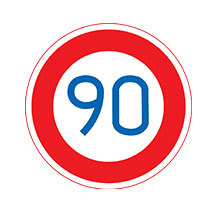
Speed Limit (90 km/h)
Minimum Speed Limit (50 km/h)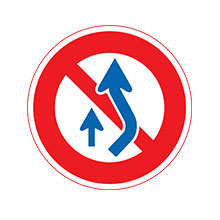
No Overtaking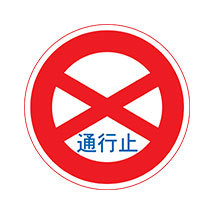
Road Closed to Toll
Road Closed to Vehicles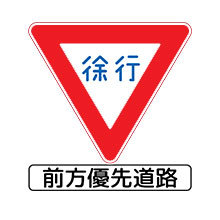
Slow down (In Japanese and English)Japanese warning signs feature a diamond shape and yellow background.
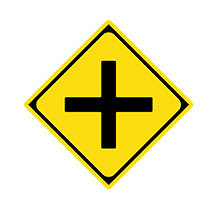
Crossroads
Bumpy Road
Wild Animals Crossing (Deer)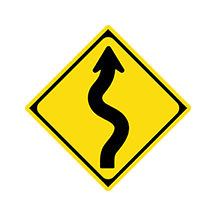
Succession of More Than Two Curves to the Right
Railroad Crossing Ahead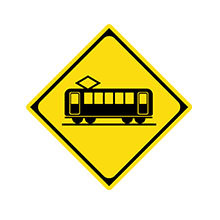
Tram Crossing AheadJapanese information signs feature a green background.
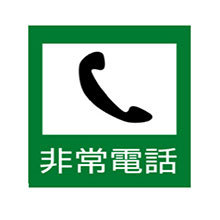
Emergency Telephone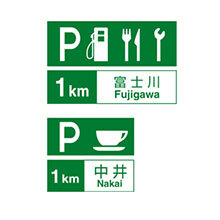
Rest Area/Parking Fuel Stand, Etc.Direction signs in Japan feature a rectangular shape with a blue or green background.
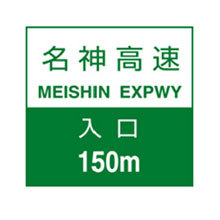
Expressway Entrance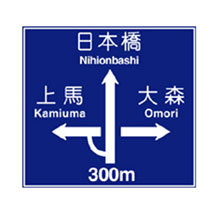
Destination & DirectionTo read more about Japanese road signs, here is a more detailed booklet.
Seatbelt and Child Safety
 Seatbelt Laws
Seatbelt LawsDrivers and all the passengers are required by law to wear a seatbelt. Failure to fasten your seatbelt may result in a fine.
 Booster Seat Laws
Booster Seat LawsChildren under 6 years of age must be seated in child seats.
Parking, Fuel and Toll
 Parking
Parking· Permitted Parking
In Japan, parking cost normally depends on the size of the city and the distance from the city centre. Parking in small towns and cities is usually free.
Paid parking can be expensive in big cities, costing several hundreds of yen per hour. Parking lots in national parks or near tourist attractions sometimes charge a flat fee (typically 200 to 500 yen per use). Urban hotels usually provide parking for their guests at a flat rate (typically 1000 yen per night), while hotels outside the large cities usually offer free parking.
· Forbidden Parking
Please do not park your car indicated with the “No Parking” signs.
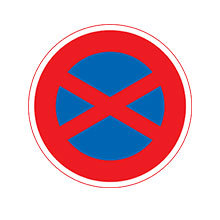
Also do not park the rental vehicle in a place only allowed to use by renting on a monthly basis, marked by the “Kanji” of “月極 ” or “月極駐車場”.
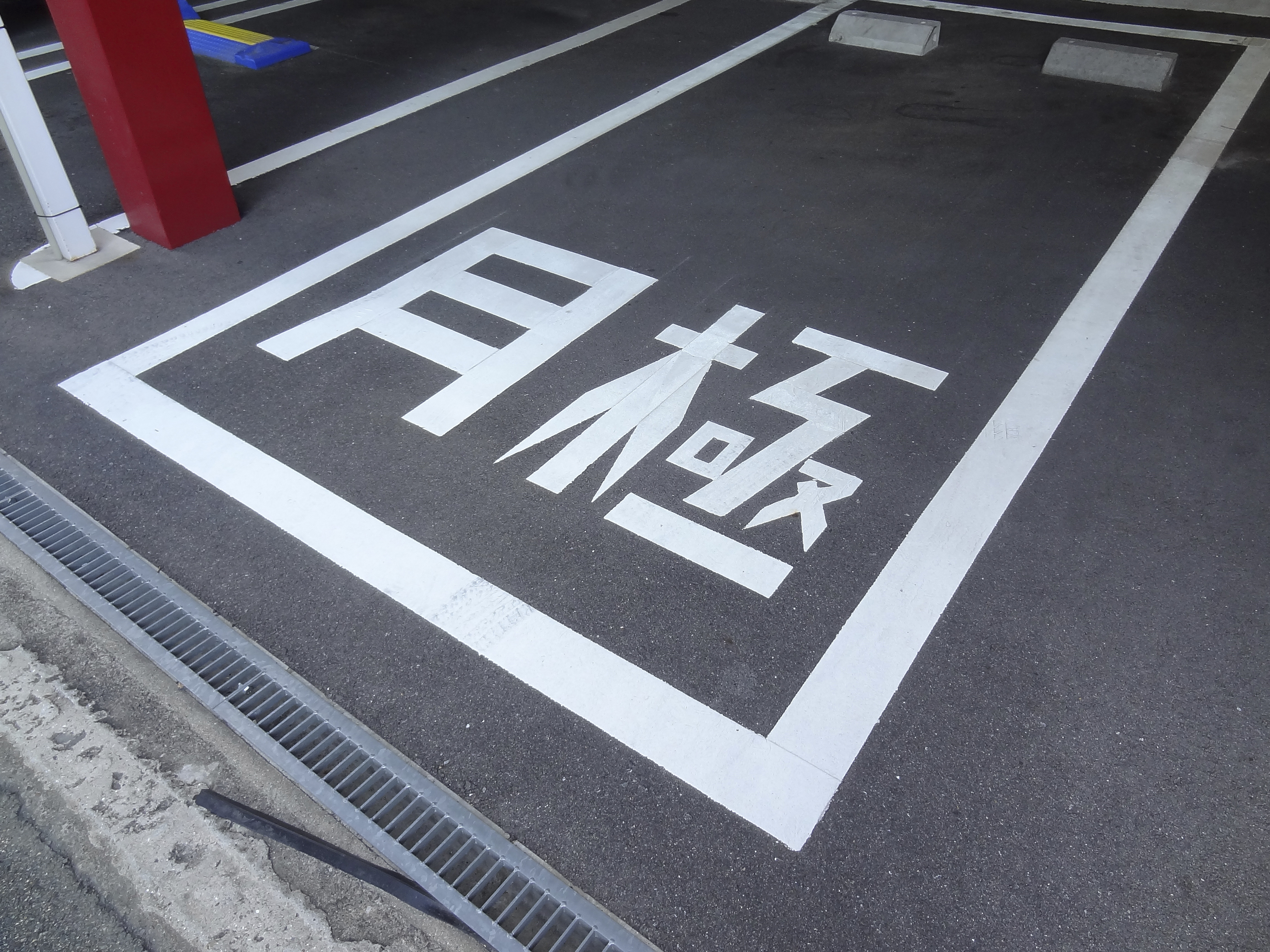
In addition, it is against the law to park a vehicle in the following places in Japan:
- In a tunnel
- On, or within five metres of the edge of an intersection
- Within three metres of the automobile entrance of a garage, car-park or similar
- On pedestrian or cycle crossings and railway lines
- Within ten metres of a bus stop or a bus stop sign
- Within five metres of the edge of an area of road works
- Within five metres of a fire hydrant, water tank or other fire safety equipment
Forbidden parking in Japan will lead to a hefty fine.
 Fuel Prices
Fuel PricesThe average gasoline price in Japan in January 2018 was 141.50 Japanese Yen per litre, while the diesel price was 118.40 over the same period of time.
 Toll
TollMost of the expressways in Japan are toll roads and you must pass through the automatic ETC (Electric Toll Collection) gate or manual gate with ticketing machine. It is highly common to rent an ETC system with the car hire company when taking a self-driving tour in Japan, and it allows you to drive through the ETC gate without stopping. ETC gate feature white “ETC 專用” characters on a purple background.5
 (Image from takingflights.com)
(Image from takingflights.com)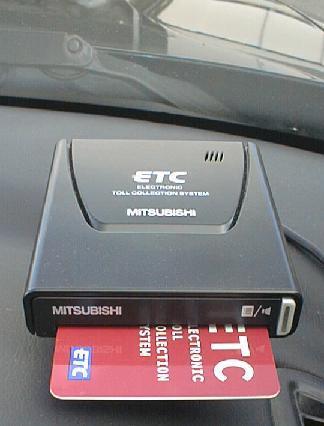 (Image from demflyers.com)
(Image from demflyers.com)Alternative to ETC tolling, you may proceed to the manual gate, which is recognized by the“一般” characters written with a green background. Cash or bank cards can be used to pay the toll fee before entering the road.
Traffic Violation
 DUI Laws
DUI LawsThe alcohol limit in Japan is BAC 0.03%. Drink driving above the limit can result in a maximum prison sentence of 3 years or a fine of about $480,000 Japanese Yen.
 Traffic Fines
Traffic FinesSpeed cameras and speed traps are used to monitor driving speed in Japan. Drivers who exceed the speed limits up to 40km/h over can be fined from 9000 Japanese Yen to 35,000 Japanese Yen, and a 50km/h excess or more over will be viewed as criminal infringement and can result in a prison sentence up to 6 months, or up to 100,000 Japanese Yen fine.
Parking in the prohibitive areas will usually cause a fine from 10,000 to 20,000 Japanese Yen.
Driving Licence and Age Requirements
Japanese law requires that all drivers who do not hold a Japanese driver’s license must hold a country of origin driver's license and an International Driving Permit issued under the 1949 Convention on International Road Traffic. Driver’s licence must be held for at least 1 or 2 years (according to different car hire company).
The minimum driver age for renting a car at a Japanese rental office is 18 years old. This age may vary according to the state and car category rented.
Leia mais detalhes
As melhores ofertas para aluguel de carros em Japão
As Perguntas Mais Frequentes
- Q1.O que é um excesso de seguro?O excesso é a quantia que você só será responsável em caso de dano (sob renúncia de dano de colisão) ou roubo (sob proteção contra roubo) do veículo.
Informações sobre o excesso serão claramente indicadas na inclusão de preço quando você reservar um carro na QEEQ. - Q2. Como posso adicionar um motorista adicional?Você é aconselhado a fazer um pedido após a sua chegada ao balcão de aluguerl. Custo adicional por dia incorrerá a menos que ' 1 motorista adicional incluído ' esteja estipulado no aluguel.
Por favor, note que a mesma licença e requisito de idade aplicam para o motorista adicional. O motorista adicional deve apresentar o documento de licença necessário juntamente com o motorista principal na retirada. - Q3. E se eu quiser retirar ou devolver o meu carro alugado fora do horário de expediente?QEEQ irá mostrar-lhe as ofertas de carro disponíveis em seu horário escolhido nos resultados da pesquisa.
No entanto, retirada ou devolução fora do horário de funcionamento geral pode sujeitar a uma taxa extra, a menos que o auto-atendimento de retirada ou devolução esteja disponível.
Depois de reservar um carro na QEEQ, iremos informá-lo sobre a política específica da empresa de aluguel de automóveis por e-mail. - Q4. Posso levar o carro alugado para outro país ou atravessar a fronteira?Se você quiser retirar o seu carro em um país e largá-lo em outro, os resultados da pesquisa irá mostrar-lhe os carros que você pode fazer isso com.
se você está planejando atravessar qualquer fronteira durante a sua viagem, tenha em mente:
1. você pode ter que pagar mais.
há muitas vezes taxas extras, impostos ou cobertura adicional que você vai pagar no balcão de aluguel de automóveis.
2.Isso pode não ser permitido.
Dependendo de onde você está contratando, você pode não ser capaz de levar o seu carro para outro país.
Por favor, envie-nos um e-mail se você quiser levar seu carro alugado para um país diferente durante a sua viagem, e nós vamos falar com você através de suas opções. - Q5. Posso pegar meu carro em um local e devolvê-lo em um local diferente?Sim. Você pode retirar o veículo em um lugar e devolvê-lo em outro. Uma "taxa única" incorrerá. Se ele está incluído no preço do aluguel ou que custo adicional pode surgir, será indicado claramente no momento da reserva no QEEQ.
Informe a empresa de aluguel de carros sobre o seu local de desembarque ao retirar o veículo ou devolvê-lo diretamente durante a sua viagem. Você encontrará um número de telefone no contrato de aluguel que assinou na retirada.
Tem dúvida? Basta visitar o nosso Página de Ajuda .
Explore mais destinos em Japão
Our Advantages
Inscreva-se para ofertas e promoções exclusivas
Por favor insira um endereço de e-mail válido

























 (Image from takingflights.com
(Image from takingflights.com (Image from demflyers.com)
(Image from demflyers.com)
